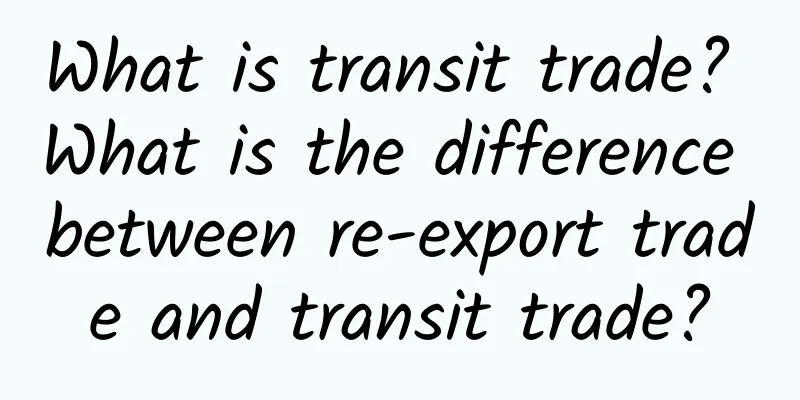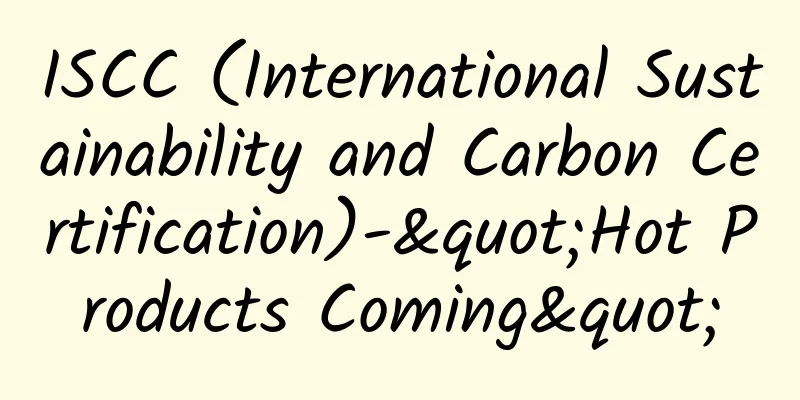What is transit trade? What is the difference between re-export trade and transit trade?

|
What is transit trade? Transit trade refers to the shipment of goods from Country A to Country B. Due to geographical reasons, it must pass through a third country. For the third country, although it is not directly involved in this transaction, the goods must enter and exit the country's national or customs territory and must go through customs statistics, thus constituting a part of the country's import and export trade. What is the difference between entrepot trade and transit trade? Entrepot trade: Trade activities between commodity-consuming countries and commodity-producing countries through third countries are called entrepot trade for third countries. Commodity-producing countries sell commodities to merchants in third countries (or regions), and then merchants in third countries (or regions) sell commodities to real commodity-consuming countries. This kind of trade is indirect trade for commodity-producing and commodity-consuming countries, and entrepot trade for third countries (or regions). Transit trade: Trade activities in which the export goods of other countries pass through the borders of their own country without being processed or restructured, and are transported to another country in basically the same condition. It includes direct transit trade and indirect transit trade. For example, the commodity trade between a landlocked country and a non-adjacent country must pass through the borders of a third country. For the customs of the third country, this kind of trade will be classified as transit trade. However, if this kind of trade is carried out by air transport across the airspace of a third country, the customs of the third country will not classify it as transit trade. It refers to the trade activities in which the goods of other countries pass through the borders of their own country without being processed or restructured, and are transported to another country in basically the same condition. The difference between re-export trade and transit trade is that in re-export trade, the ownership of goods is first transferred from the exporter in the producing country to the merchants in the third country (or region), and then to the merchants in the importing country who finally consume the goods. In transit trade, the ownership of goods does not need to be transferred to the merchants in the third country. This is the end of the article on transit trade. If you want to learn more about transit trade, please follow us. We will continue to answer your questions. |
<<: What is countervailing duty? What are the characteristics of countervailing duty?
>>: Cdiscount--France's largest cross-border e-commerce
Recommend
There are tricks to price negotiation! Teach you price negotiation skills that will crush your opponents
What is price negotiation? Price negotiation, to ...
What is Tradesns? What are the advantages of Tradesns?
What is Tradesns? Tradesns uses the integrity of ...
Introduction to Sedex System Registration
Over the years, Marks & Spencer has been comm...
[eBay Newbies] What are eBay’s free relisting rules?
1. What are eBay’s free relisting rules? Generall...
The most common problem: Target factory inspection
Most common issues found in a factory during a co...
Timberland_Timberland factory inspection quality audit procedures
Timberland_Timberland factory inspection quality ...
Why do we need to conduct Ann Taylor factory inspection?
Why do we need to conduct Ann Taylor factory insp...
The latest version of OEKO-TEX Standard 100 certification standard will take effect on April 1
At the end of 2012, a piece of news that 14 world...
FAQ about eBay payment collection? Students who have questions about eBay payment collection can take a look here~
As one of the four major cross-border e-commerce ...
What are the benefits and benefits of passing the Coca-Cola factory inspection?
Benefits of passing the Coca-Cola factory audit: ...
What is Meltwater? What can Meltwater do?
Meltwater can provide comprehensive media monitor...
The Home Depot Factory Inspection and Assessment Process
The Home Depot factory inspection and evaluation p...
Social Responsibility Compliance Audit Checklist (III)
Carrefour Factory name: XX Dacheng Toys Co., Ltd....
Bangboom—provides an integrated solution for brand expansion overseas
What is Bangboom? BangBoom is a one-stop solution...
What is RFQ? What are the usage scenarios of RFQ?
What is RFQ? RFQ means Request for Quotation in w...









